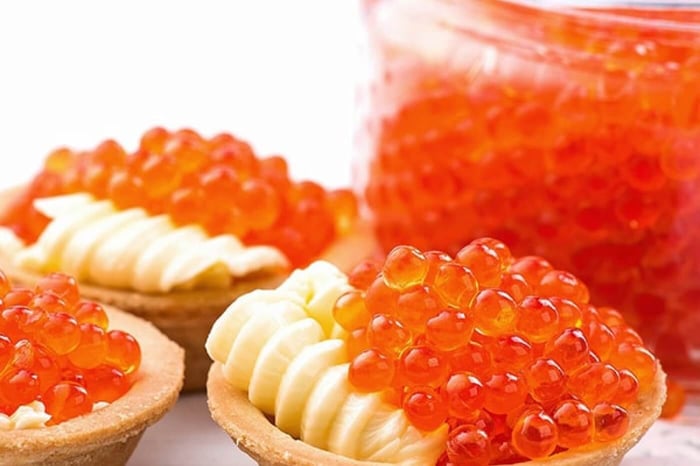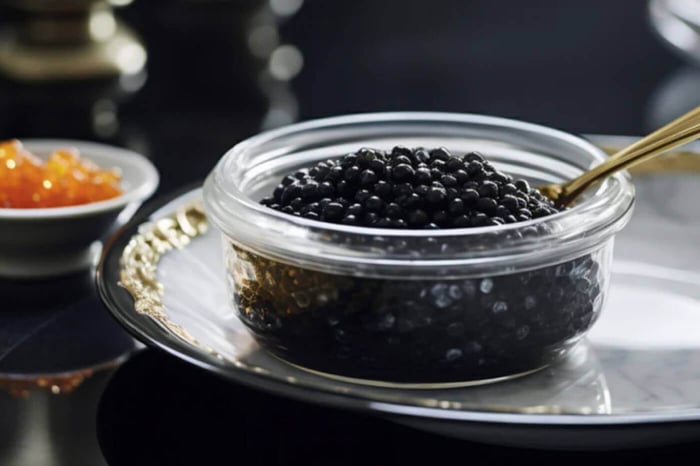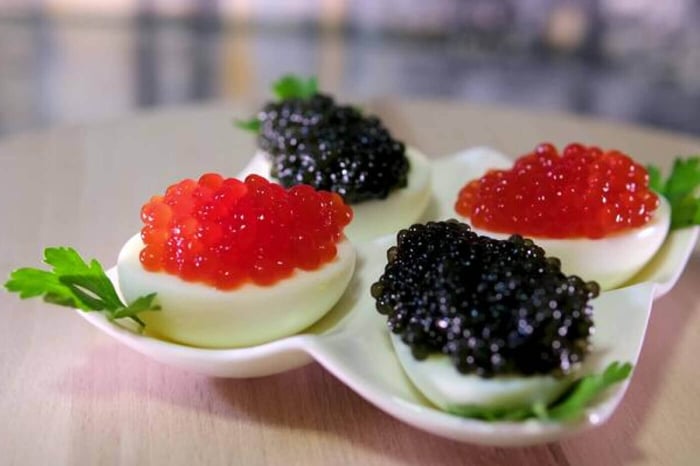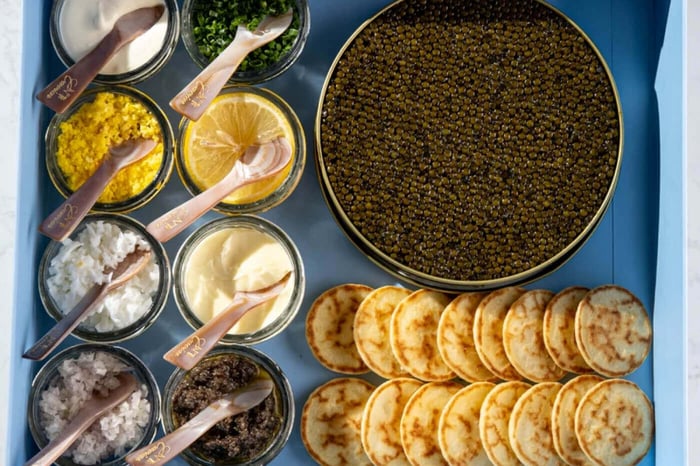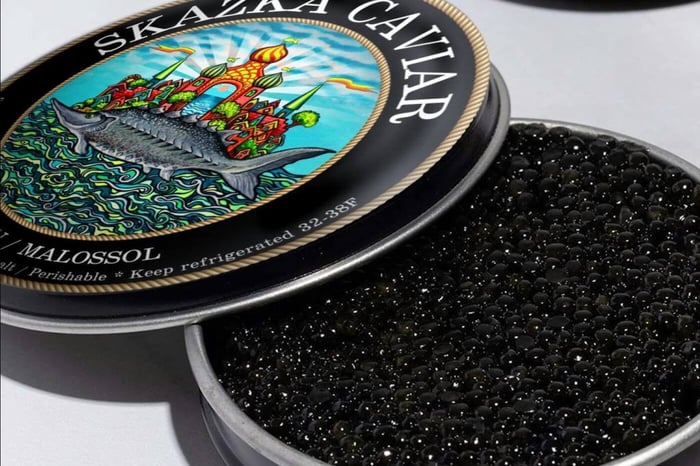 Caviar, the luxurious delicacy made from sturgeon roe, is famed for its nuanced flavors and indulgent texture. While several factors contribute to its flavor—including species, diet, and processing methods—salinity stands out as a key player in defining its taste profile. The salt content in caviar not only affects its preservation but also plays a critical role in shaping the consumer’s sensory experience. Understanding how salinity influences the flavor of caviar can offer insight into regional variations, processing preferences, and even ideal pairings.
Caviar, the luxurious delicacy made from sturgeon roe, is famed for its nuanced flavors and indulgent texture. While several factors contribute to its flavor—including species, diet, and processing methods—salinity stands out as a key player in defining its taste profile. The salt content in caviar not only affects its preservation but also plays a critical role in shaping the consumer’s sensory experience. Understanding how salinity influences the flavor of caviar can offer insight into regional variations, processing preferences, and even ideal pairings.
Understanding Salinity in Caviar Production
Salinity in caviar refers to the concentration of salt added during the curing process, typically ranging from 2.5% to 5%. This curing step, known as “malossol” (Russian for “lightly salted”), is the most common approach to preserving and flavoring high-end caviar. Unlike heavily salted roe used for long-term storage or lower-grade products, malossol caviar uses just enough salt to enhance flavor and inhibit microbial growth without overpowering the delicate nuances of the eggs. The exact salt level is carefully calibrated by producers to achieve the perfect balance between safety, texture, and taste.
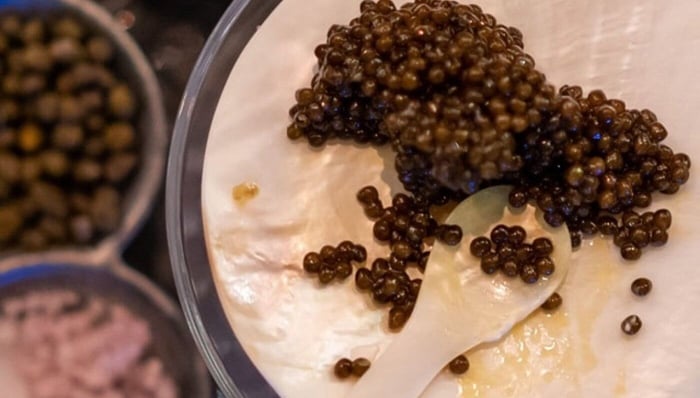
Read: A Guide to Caviar Grading: From Quality to Texture
Salinity’s Impact on Flavor Complexity
Salt does more than preserve—it amplifies and deepens flavor. In caviar, salinity can accentuate the natural umami, brininess, and buttery richness of the roe. A lower salt content allows the subtler notes of the sturgeon species to shine through, while higher salinity can mask these nuances with a dominant salty taste. The interplay between salt and the natural oils in the eggs produces a layered flavor profile that can include hints of nuttiness, creaminess, and even a faint sweetness depending on the caviar’s origin. The role of salt, therefore, is not just additive but transformative.
Variations in Salinity Among Caviar Types
Different types of caviar exhibit varying salinity levels depending on regional practices and target markets. For instance, traditional Russian and Iranian caviars are often slightly saltier, aligning with historical preservation needs and cultural taste preferences. In contrast, modern American or European artisanal producers may opt for ultra-low-salt options to appeal to gourmet consumers seeking a purer, more natural roe flavor. Beluga caviar, prized for its delicacy, usually has a lighter salting to preserve its subtle taste, whereas Sevruga or Paddlefish caviar may carry slightly more salinity to bring out their bold, earthy tones.
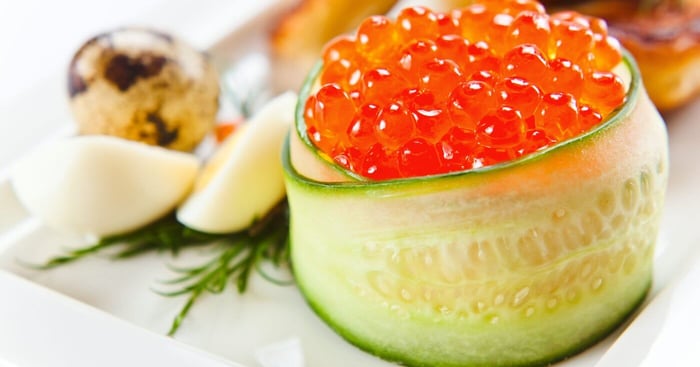
Read: Wild and Farmed Caviar: Which is Better?
Salinity and Texture Interplay
Salt also has a physical impact on the texture of caviar, influencing both mouthfeel and shelf life. Higher salinity firms up the eggs by drawing out moisture, which can make them slightly more resilient to pressure and extend their storage time. However, excessive salt can lead to a rubbery or overly chewy texture, detracting from the luxurious “pop” that premium caviar is known for. Conversely, low-salt caviar may be more delicate and creamy but requires careful storage and faster consumption. Finding the right salinity level is essential for balancing flavor intensity with optimal texture.
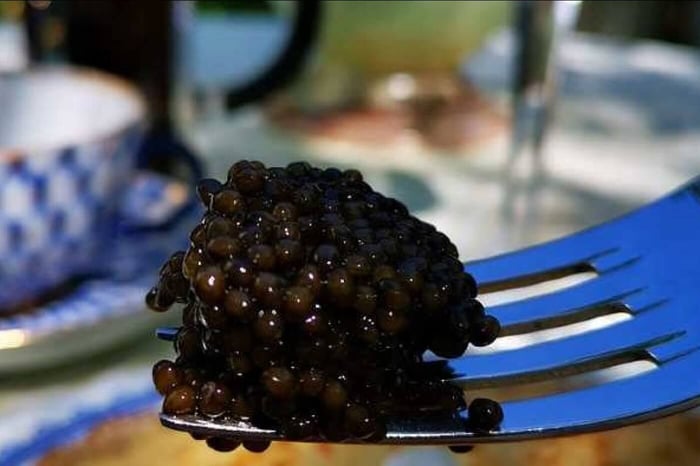
Consumer Perception and Palate Preferences
Taste perception varies widely, and salinity plays a significant role in how consumers experience caviar. Some palates are more sensitive to salt and may prefer low-sodium varieties that highlight the inherent marine flavors of the roe. Others might associate stronger salinity with traditional luxury and seek out that briny bite. Cultural context also matters—what is considered a perfect level of saltiness in France may differ from preferences in Japan or the Middle East. As a result, producers often adjust salinity levels based on their target market and customer feedback to match evolving trends and preferences.
Pairing and Serving: How Salinity Affects Enjoyment
The salt content of caviar significantly influences how it should be served and what it pairs best with. Low-salt caviars are best enjoyed with neutral accompaniments like blinis or crème fraîche, which don’t compete with the delicate flavor. In contrast, saltier caviars can be paired with stronger elements such as smoked salmon or chilled vodka, where the salt acts as a bridge to bold flavors. Salinity also affects wine pairings; high-salt caviar pairs well with brut champagnes or dry whites that can cut through the brine, while low-salt varieties shine with more delicate, balanced wines.
Conclusion
Salinity is much more than a preservative in caviar—it is a central element that defines the product’s identity and flavor profile. From enhancing natural taste notes and influencing texture to shaping consumer preferences and ideal pairings, salt plays a multifaceted role in the caviar experience. Whether you’re savoring a spoonful of buttery Osetra or a bold burst of Sevruga, the salt level behind the scenes is orchestrating a symphony of flavor. Appreciating the nuanced impact of salinity adds a new layer of sophistication to understanding and enjoying this celebrated delicacy.
About the Author
 Igor Fishbeyn - Caviar Purveyor
Igor Fishbeyn - Caviar Purveyor
Igor Fishbeyn is purveyor of fine sturgeon caviar and creator of the Skazka Caviar brand. He is an expert with decades of experience specializing in importing, wholesaling, and retailing the finest quality caviar in the world. Igor frequently writes about caviar news and various topics about the caviar industry. He lives in San Francisco with his wife and daughter.
Shop Skazka Caviar
Browse Our Exclusive Caviar Collection
“River Beluga” Kaluga Sturgeon Caviar
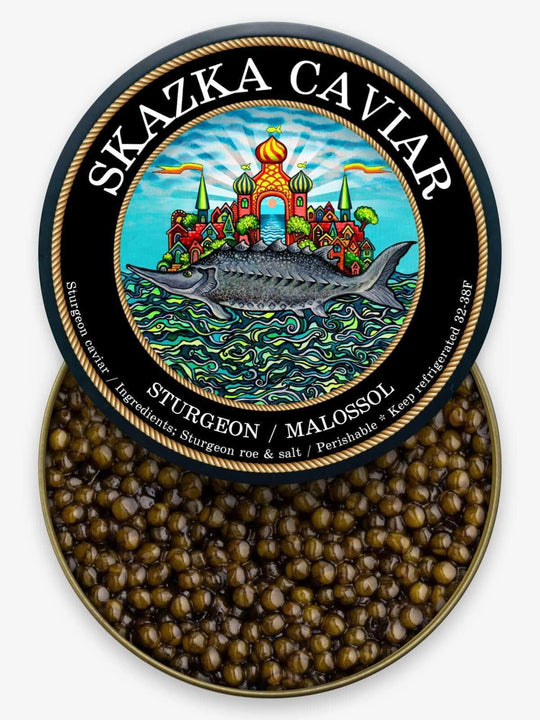
$295
$395
This large, robust caviar is a favorite of connoisseurs. Its firmness provides a satisfying texture that will keep you coming back for seconds and even thirds. Its luxurious chocolate brown color is perfectly evocative of its rich taste. Hints of… read more
“Oprah’s Favorite” Russian Osetra Caviar

$295
$335
This medium-sized caviar is sure to be the star of any party or function you may throw. Its deep chocolate brown color is indicative of its rich and buttery flavor. Amber Osetra caviar has one of the cleanest tastes of any… read more
"Russian Czar" Beluga Sturgeon Caviar
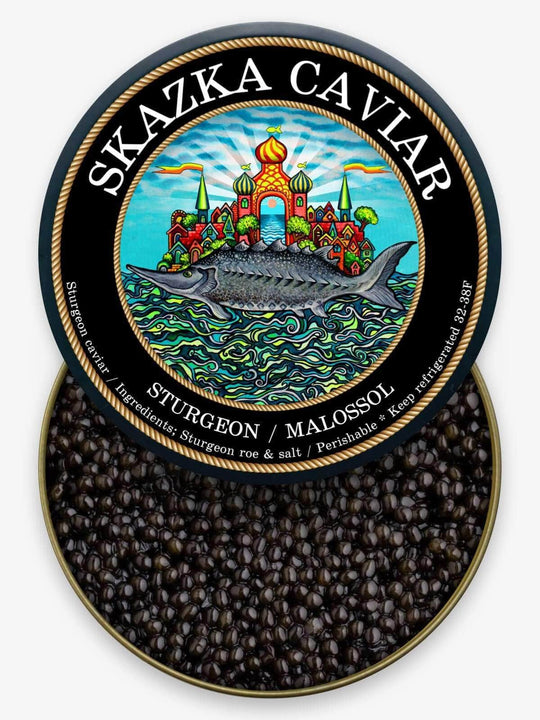
$495
$599
With an incomparable richness, “Russian Czar” Beluga Sturgeon Caviar is a knockout when it comes to fine caviar. Traditionally harvested in Russia, this caviar holds a tradition of greatness throughout history. With buttery notes that linger on the taste buds,… read more
“Tsar Reserve” Golden Osetra Caviar
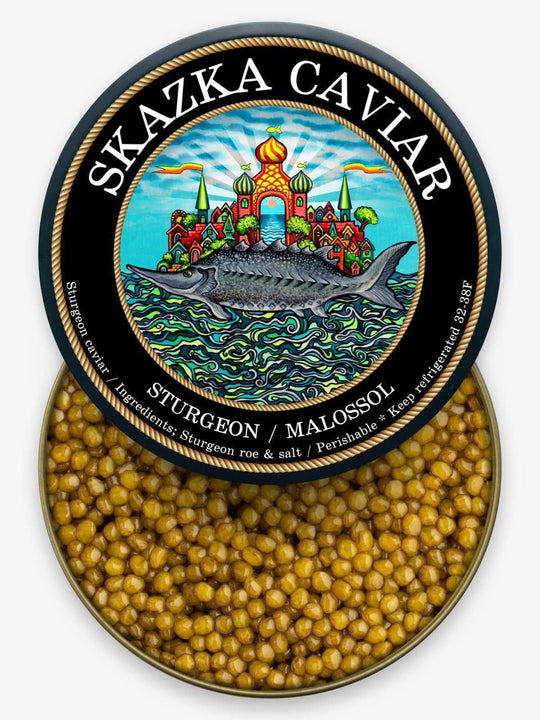
$395
Anyone with a taste for fine caviar will love “Royal Reserve” Golden Osetra Caviar. Its beautiful deep amber color is the first sign you’ll have that you’re in for something special, and once it hits your tongue you’ll know just… read more
Shop Caviar By Type
Shop Black Caviar | Shop Red Caviar | Shop Caviar Accessories
Shop Beluga Caviar | Shop Kaluga Caviar | Shop White Sturgeon Caviar
Shop Osetra Caviar | Shop Salmon Roe | Shop Albino Sturgeon Caviar

